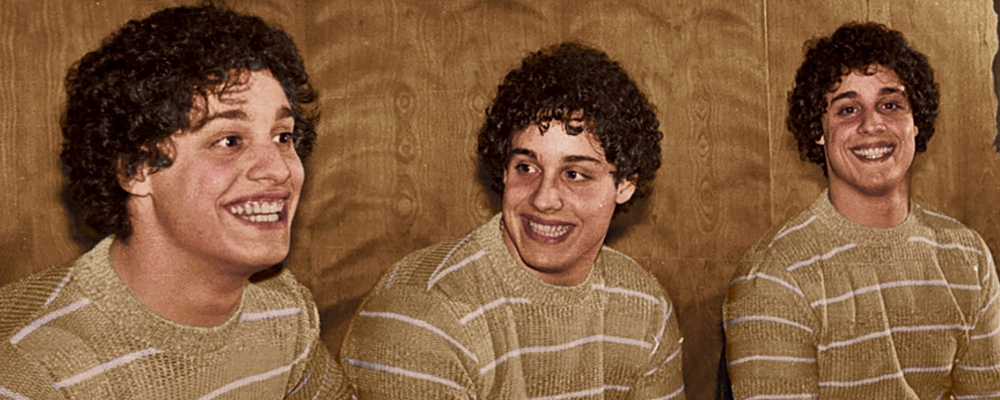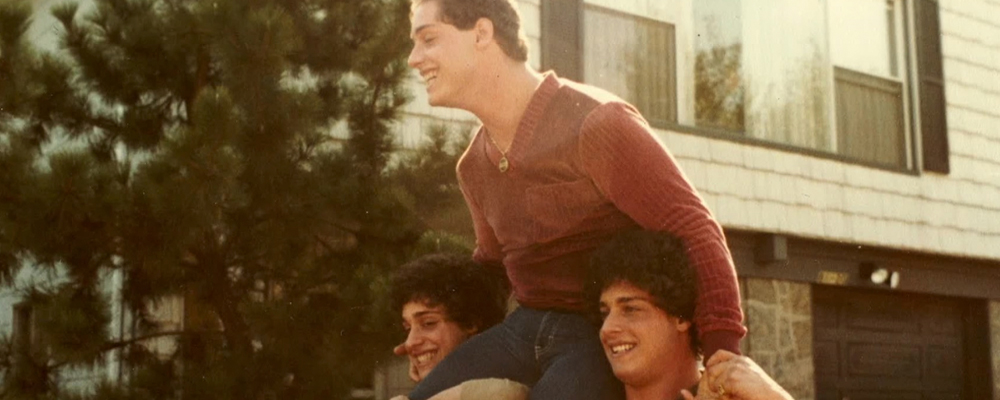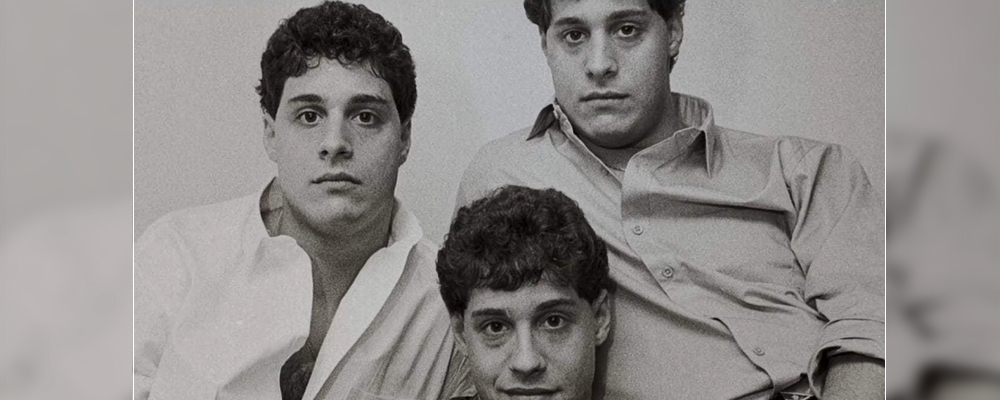‘Three Identical Strangers’ Tells Gripping True Story of Triplets and a Dark Adoption Experiment
Alci Rengifo
Imagine discovering that your life until the age of 19 was partly a lie, and connected to some scientific scheme. The new documentary “Three Identical Strangers” begins as a sort of feel good story, an extraordinary tale of triplets finding each other. Then it descends into a dark and “stranger than fiction” tale of science once again gone awry. Bobby Shafran, Eddy Galland and David Kellman underwent an experience so intense it encapsulates questions of science, individuality and destiny.
Bobby Shafran begins the story by recounting how in 1980 he was a 19-year-old starting his first semester at community college. But when he arrived on campus quite a lot of students seemed to already know him. One student was so stunned he instantly had a suspicion and made Bobby contact a former student named Eddy Galland. It turned out Bobby and Eddy both shared the same birthday and had been adopted as infants. When they meet it is shockingly obvious that the two are twins. Once their story hits the papers, a third brother emerges, David Kellman. When the three meet the connection is instant. They have the same mannerisms, taste in cigarettes, women and other pursuits. The three become a media sensation, going on the Phil Donahue show and even doing a small part in “Desperately Seeking Susan,” where they gaze at Madonna. But as they begin to dig deeper into where they come from, a darker truth emerges. The agency which handed them over to their respective families was a place named Louise Wise Services, which had refused to let their adoptive parents know they had siblings. Why the agency did such a thing becomes part of another shattering discovery: All along the three brothers and their families were part of a secret study by a psychoanalyst named Peter Neubauer, who hoped to make a major breakthrough in the eternal debate of nature versus nurture.
“Three Identical Strangers” moves with the pace and engrossing force of high drama. Director Tim Wardle finds an excellent narrative structure in which the story peels away in layers. The style of the documentary takes on the character of the real life narrative. Things begin a certain way before revealing heavier truths underneath. The first section is absolutely fascinating simply as a story of three twins who miraculously find each other in a pre-Facebook era. When Wardle focuses on pictures of Bobby and Eddy looking at each other for the first time, the effect is truly uncanny. It helps that the interview subjects are so spirited in their recounting of the experience as well. Bobby is open and contemplative, David is still bursting with energy when remembering those early days when their worlds turned upside down. Only Eddy is missing because he eventually committed suicide years after the brothers found stardom. His death becomes another chapter connected to a great unveiling of personal histories.
As the documentary progresses it becomes a great mystery, leading to disturbing revelations. For the brothers their childhood memories become hazy passages that suddenly gain a frightening clarity. Helping them uncover the truth is journalist Lawrence Wright, the award-winning author of excellent works of journalism such as “The Looming Tower.” Once the documentary becomes an investigation the theme changes into something highly alluring. The brothers discover that Peter Neubauer used them as test subjects, knowingly handing them to three different families, with three different backgrounds to chart and study their development. One brother went to an upper class home, another to a middle class household and another to a blue collar family. It is eerie to hear the brothers realize why strangers with cameras came to their homes to film them playing in the yard and doing tests with drawings and other exercises. What begins as a gallery of likeable people, including the brothers’ aunts, wives and parents, transitions into a gallery of rogues. One of the most unsettling interview subjects is Natasha Josefowitz, a 90-year-old research assistant who worked alongside Neubauer. She shows off pictures in her seaside California home of herself with notable figures like Barack Obama and Robert Redford. Her discussion of the project is quite cold, dismissing any criticisms of Neubauer’s actions as a misunderstandings of what was considered acceptable in 1960s America. Wardle holds the shot on Josefowitz’s habit of half-smiling in a way that almost seems malevolent. She seems to have come to the conclusion that DNA determines much of who we are and where we’re going. In theory if your parent was an alcoholic, you are almost destined, no matter what, to become one as well. But later sections of the documentary challenge this idea, as the brothers themselves may have cosmetic similarities, but develop their own, individual traits as well. Another researcher who worked for Neubauer, Dr. Lawrence Perlman, also appears and makes stunning admissions about how there might be even more twins out there used for the experiment, who are still unaware about their fate.
“Three Identical Strangers” would be a fascinating documentary simply based on its initiating premise about the three twins finding each other, but it becomes a deeper work because of the universal questions it poses. It explores the question of how much environment plays a role in our development, versus the genetic code we all inherit from our parents. The brothers may have the same mannerisms, but David is openly proud of his blue collar upbringing, and recounts cheerfully mocking Eddy for his more privileged background. Wardle has made a challenging documentary about our struggles to define ourselves, even as we carry on the genes which have been passed on to us. The irony is that this very question is what drove Neubauer to brush aside moral qualms and use the brothers as lab specimens.
This documentary is more riveting than the average Hollywood thriller. It proves that more than often, real life easily trumps fiction. Wardle has pulled off an interesting feat. He has told these brothers’ story, raised infuriating questions about the abuses of science, and by the end challenges the viewer to wonder about what makes us all tick.
“Three Identical Strangers” releases June 29 in select theaters.




